 Lewis sniffing comfortably on a walk
Lewis sniffing comfortably on a walkLewis joined my family in December 2021, and I started walking him in my neighborhood in early 2022. We’ve been at this about two and a half years, and I feel like I’ve cracked the code.
Here’s how I think about it. I’ve identified the array of things that can bother him, and the things that can perk him up. I consider these varying stressors and happy events as if they are contributing to ever-changing pressure. My job is to watch the “gauge” and keep the pressure low. I minimize things that bother him and facilitate things that improve his experience.
This is not a new idea at all; we all do it to some extent. But it’s been a challenge to learn how to manage Lewis’ walks because the things he responds to are . . . interesting.
This isn’t a “tips and tricks” post, although I’ll describe a few of the things we do. It’s about the big picture. More like, “How I learned to do both standard and counterintuitive things to help Lewis feel safe and happy on a walk.”
I use words like “happy,” “anxious,” “confident,” “fearful,” “worried,” and “resilient” in this post. These are internal states I have inferred from Lewis’ behavior and body language, which I seek to describe well. The standard disclaimer that I do not literally know his feelings applies. But using words like this can help the discussion.
How We Began
When I first start taking any new or young dog out on leash, I don’t think of it as a “walk.” It might be a “wander in the front yard” or even a “hang out on a mat on the front porch and watch the world go by.” Lewis enjoyed sniffing around the front yard and seemed to feel safe and comfortable there, so we did a lot of that in the early days. Across the street is a shrubby area with super pee-mail, so that was a fun next step for him.
I use several values of food: extra-good kibble to reinforce walking at my side and checking in, big crunchy chicken puffs for sudden environmental changes, and spray cheese for emergencies. A dog walk emergency for Lewis might be a young child toddling straight at him, or someone in a vehicle honking exactly when they passed us.
I also let the dog lead the way on walks as much as I can. I’ve learned so much by doing that.
But Lewis needs intervention. He gets magnetized to things that bother him. Giving him more choices can, at times, get him in over his head. And being a typical human, even though I tried to go slow, I went too fast after a while and got too goal oriented. I undid that and made us both happier.
Managing Lewis’ Walks
Once Lewis reaches a certain level of anxiety on an outing (e.g., from trigger stacking), he doesn’t recover. It took me a long time to realize this because he loves people and is neutral-to-happy about dogs, so I classified him in my mind as not fearful. Sigh. Those damn labels.
I’ve listed Lewis’ triggers in three categories in an appendix at the bottom of the post: 1) triggers that used to scare him but don’t anymore, 2) triggers that don’t scare him as much as they used to, and 3) triggers that still scare him. The total list is pretty long, but there is constant movement from the scariest category, through the less scary, to the non-scary. We are making progress.
Our best progress came when I learned (for the 400th time) that a happy, short walk is far better than a longer one with more stressors.
Here are some things I can use to perk Lewis up; they seem to lift him out of anxiousness or fear. I am constantly juggling all these variables on his walks. These are less common to read about than fear triggers, so I’m including them here in the post’s body. I hope they can help some readers.
Things That Perk Lewis Up
- Visiting with his human friends
- Jogging with me for a few steps
- Eating food
- Seeing any people walking toward us
- Getting to follow some other walkers , especially if they have a dog
- Sniffing (but see below)
- Turning around and walking/jogging the other way (usually toward home)
- Doing some cued behaviors
- Walking in the street itself, away from the odors in the yards
- Connecting with me; receiving cheerful talk and praise
- Playing Leslie McDevitt’s 1-2-3 game (see section below)
It’s amazing to me how well some of these work. If he gets to visit with some people he knows, his happy excitement bleeds over into the rest of the walk. When Lewis sees his friends, he approaches rapidly with helicopter tail and wants to visit everyone. In contrast, when he sees strangers approach, he is normally interested and curious, but not excited. But if he has just seen some friends, he approaches the next group of strangers as if they were friends, too. Many people find him charming and want to visit, so he is expanding his group of human friends and making his walks happier.
I think following people who are walking dogs functions partly as having a target, a structure, even though they are mostly out of sight. (I’m super careful not to come close enough to bother the dog, since all of mine are sensitive to someone behind them.) Likewise, seeing people (any people) walking toward us perks him right up.
I use the turning around move, the U-turn, differently from most guardians. In almost all cases, he’d rather approach novel stimuli, especially humans and dogs. So we aren’t turning away from things like that. We do the U-turn when there is something mounting up and bothering him I can’t see or identify.
I know the “getting away from odor” one seems strange, especially since sniffing is also on the “Perks Him Up” list. Our default is sniffing. Happy sniffing and more sniffing. I will stand still or follow him while he sniffs as long as he wants—if he stays happy about it. But sometimes he doesn’t stay happy at all. He sniffs, his tail drops, and his ears drop. He may even crouch. Something about the odor appears to worry him. So even though it’s important to me to let him sniff and make choices about where we go, I find myself interrupting sniffing a lot—because he gets worried.
Reading Lewis’ Body Language on a Walk in 2022
The following video showing both worried and happy sniffing was from the spring of 2022. I wouldn’t let him sniff so long and unhappily now. Watch for his tail to drop at 0:08. He gets more and more unhappy. In the second part, with “happy” sniffing, he does a front paw lift twice, but then continues in what appears to be a positive emotional valence. He hasn’t learned to check in with me yet in these clips.
The 1-2-3 Game
In this great Control Unleashed game by Leslie McDevitt, the handler counts to three and gives a good treat. But you teach it with back chaining, so the dog learns the “two” and the “one” as predictors. My saying, “One…” will get a lightning-fast response from Lewis in almost any situation. Here’s a certified Control Unleashed instructor demonstrating teaching and using the game.
We use it on almost every walk, either when he is getting magnetized to something that bothers him, or when I just need him to move along. For instance, when he sits and stares into someone’s house. This is a hobby of his, and it’s not socially acceptable for longer than a few seconds.
For us, the 1-2-3 game goes like this:
“1,” Lewis whips around to me,
“2,” he hustles to my side (or continues at my side if he’s already there),
“3,” he eats the food I hand him.
After that, he either continues to walk with me, or he may turn back toward whatever he was checking out. That can be an indicator of trouble.
I’ve learned that if I have to count more than twice in a row, that’s a sign that he/we can’t push through it or can’t get far away enough from something. I know to change strategies. I can try an activity listed above, up to and including booking it home. The biggest mistake I made early on with his walks was to do the 1-2-3 game over and over, thinking we would “get past” whatever was bothering him. We rarely did. Now I know better when to use that method and when to do something else.
The Dog Walk Pressure Gauge
My job as Lewis’ guardian and co-walker is to keep my eye on the overall pressure gauge and work to keep the pressure down. The easiest body language “tell” is Lewis’ tail. His tail carriage is high when he is happy, engaged, or in predation mode. It drops when he gets worried, followed by a drop in his ear set and increased tension in his face. Then finally, a subtle crouch, as you can see in the movie above. But I’ve learned to catch it early. (Earlier than I did in this previous post.) When I see the few degrees of change in his tail carriage, I decide: interrupt immediately, or wait a little (not too long!) and see. He recovers more frequently on his own than he used to. When he doesn’t, I choose an interrupter.
Some of those interrupters go further than stabilizing the pressure; they can actively send it down. Besides trigger stacking, there is what I call happy-stacking. I have not known a dog before who happy-stacks, but Lewis does. For instance, as I described above, seeing human friends or one of the dog-biscuit dispensing walkers can put him in a happy, bouncy mood for quite a long time afterward.
Reading Lewis’ Body Language on a Walk in 2024
You can see a big difference between this video and the one from 2022. This one from 2024 shows a small part of a walk we took recently. I’m including it to show not only Lewis’ improvement, but the very subtle changes in his tail carriage I pay attention to. He gets slightly concerned a few times, but each time recovers within a couple of seconds. Also, it’s educational to watch his lower jaw drop when he relaxes. Finally, check out those check-ins and their positive effects!
These clips are typical of the entire walk. I didn’t need to use any interventions from my list, although there was one organic one, since some of his human friends came in sight ahead of us.
Conclusion
I hang out with excellent trainers, so I’ve had great examples in front of me. I know to start slow with exposure to novelty and I’m pretty good at that part. But I’m human, too, and when I see good progress, I tend to speed up, or at least stay at the current rate of exposure without checking with my dog enough. That’s what I did with Lewis. He got more confident; I got over-confident. We scaled back and are finding the sweet spot more and more often.
But there’s another lesson here. There are people who claim we need aversive training to build resilience in our dogs. My position is that there are already plenty of stressors in their lives. And by minimizing external stressors to my best ability, Lewis’ exposure to the big world has been more gradual. He has become more confident and resilient.
Appendix: Lewis’ Triggers
Things That Used to Scare Lewis but Don’t Anymore
- Flags or banners
- Familiar barking dogs in yards
- Garbage cans with stuff sticking out the top
- Adult human strangers
- Passing calm dogs on leash
Things That Don’t Scare Him as Much as They Used To
- “New” barking dogs in yards
- Car and house door slams
- People entering or leaving their homes or cars
- Disembodied voices (e.g., people talking on a screened-in porch)
- Parked trailers
- Passing dogs reacting on leash
- People behind us in the far distance
Things That Still Scare Him
- Children
- People who have popped up behind us in the near distance after we have passed
- Some smells (I wish I knew what they were!)
- Rattling trailers or other unusual vehicle or tire noises
- Loud, sudden noises
- Certain areas we walk (I don’t know why—I avoid them, testing now and then to see if they are still scary)
Copyright 2024 Eileen Anderson
Related Posts
- No Stalking While Walking!
- Just a Whisper: The Early Signs of Fear in Dog Body Language
- Go Sniff! Then Please Come Back!
- It Was Coming Right at Me!
Photo Credits
Photo of Maximator pressure gauge © CEphoto, Uwe Aranas
Used under this license (Thank you!)
Link to original image as requested by the creator.
All other photos copyright Eileen Anderson 2024






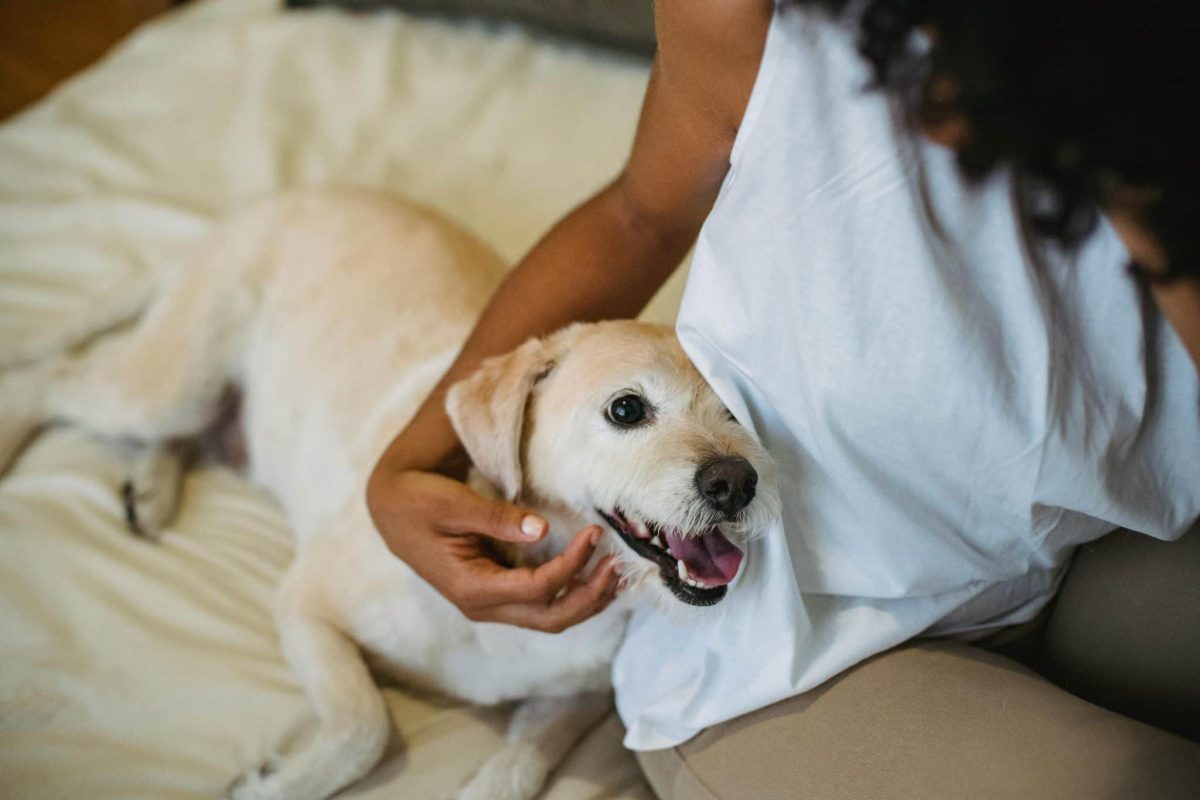
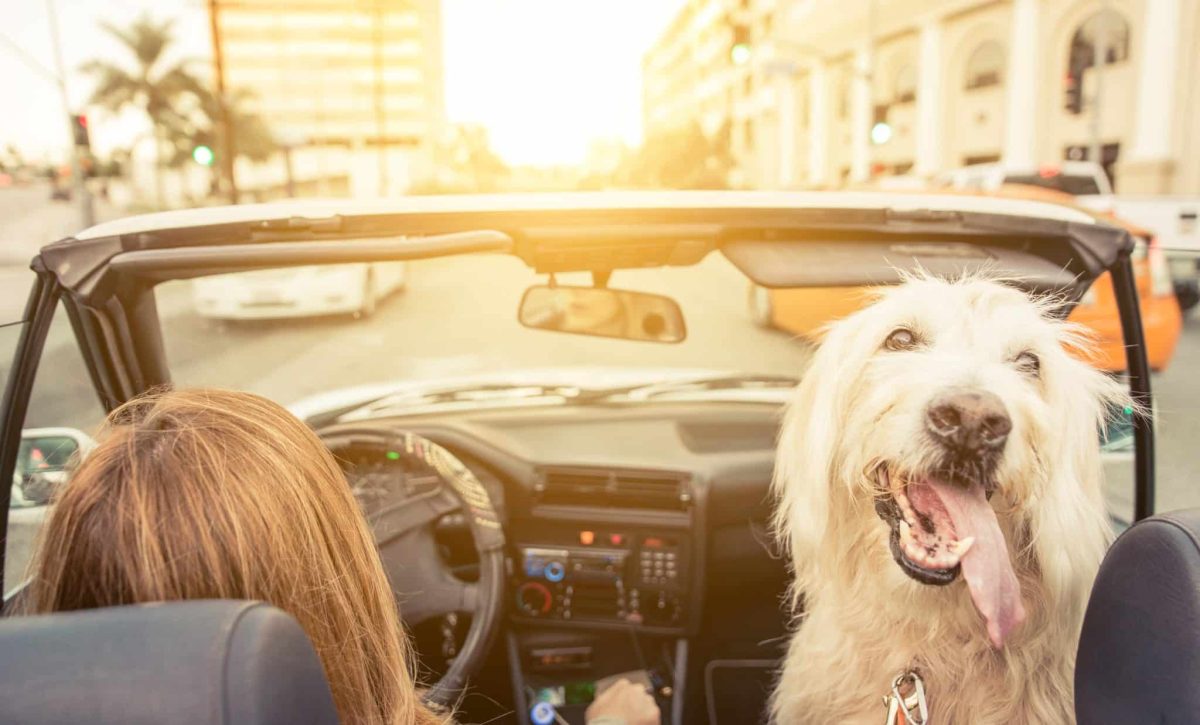
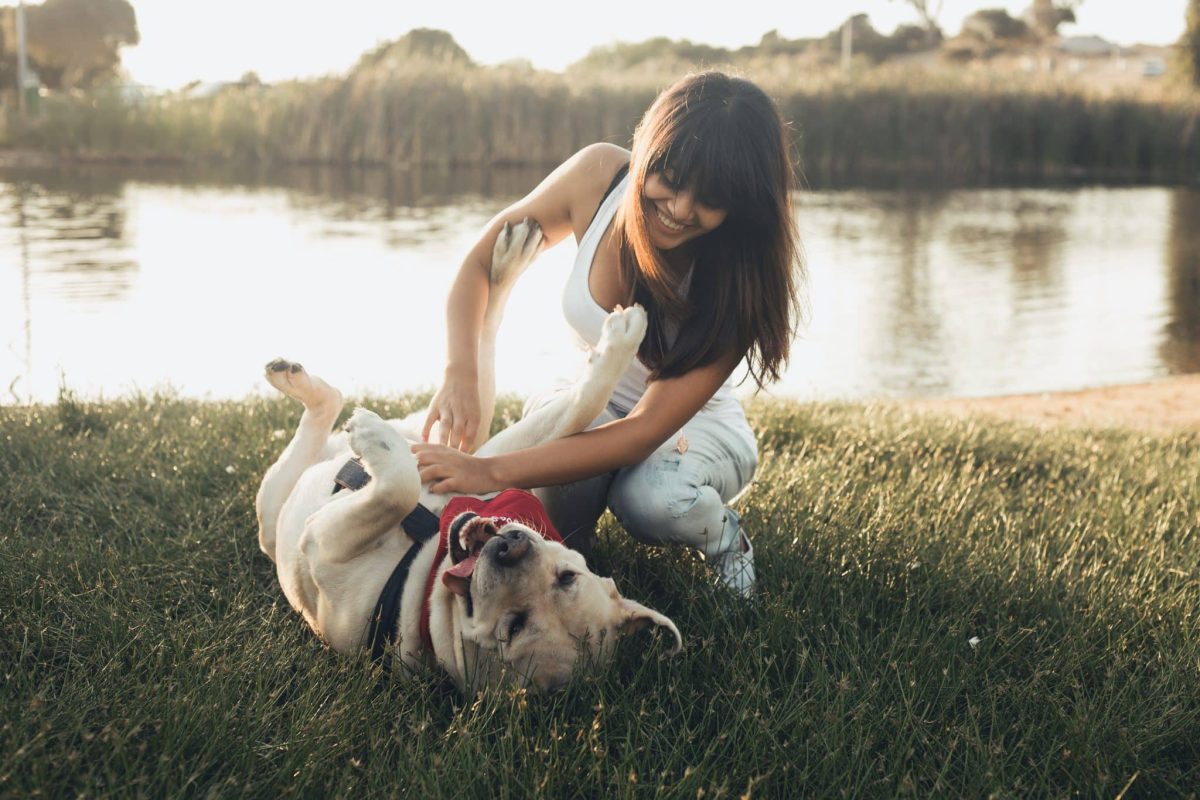


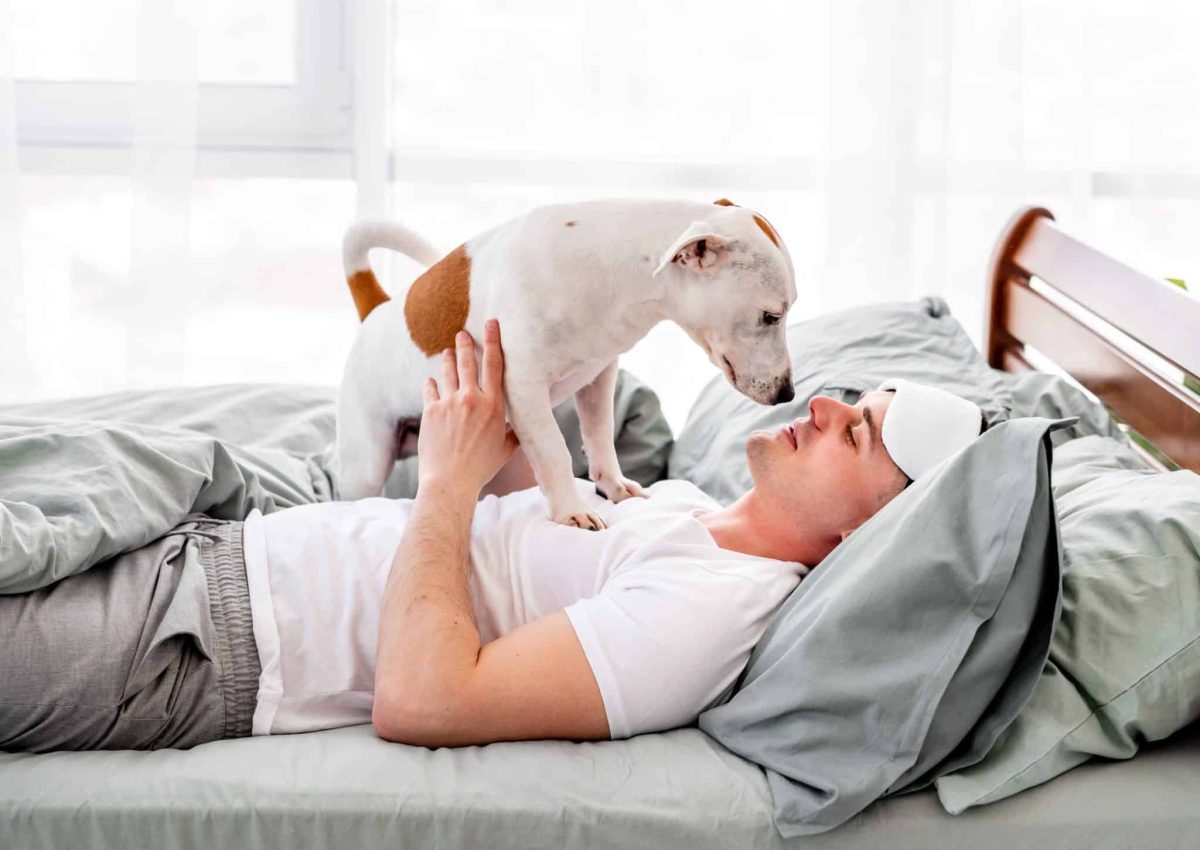


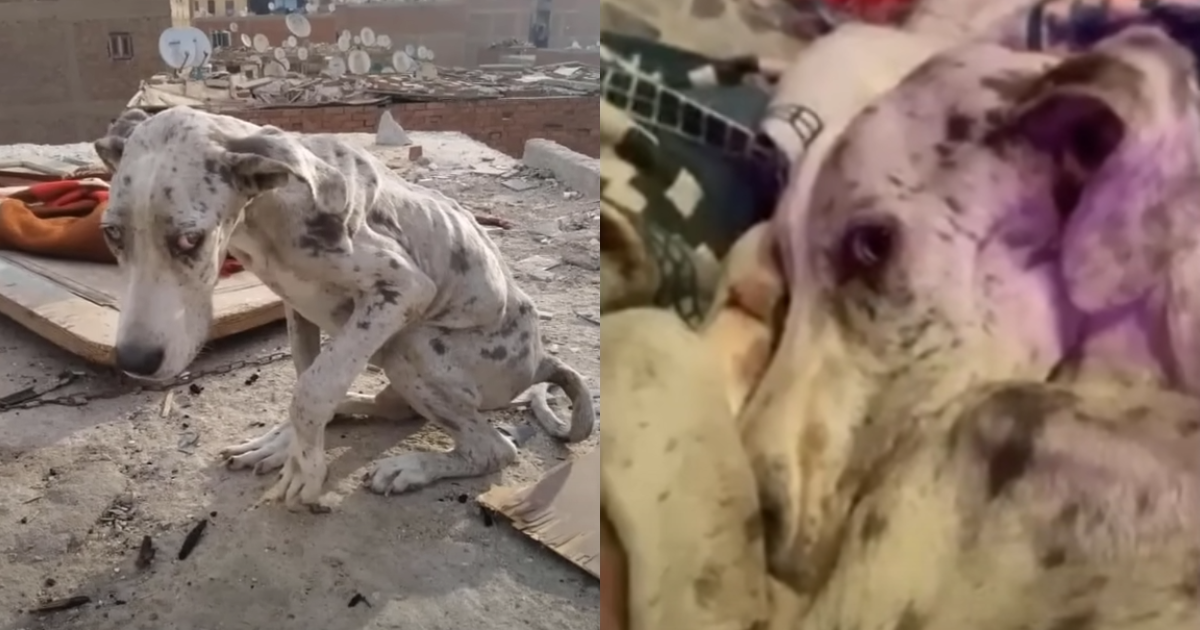
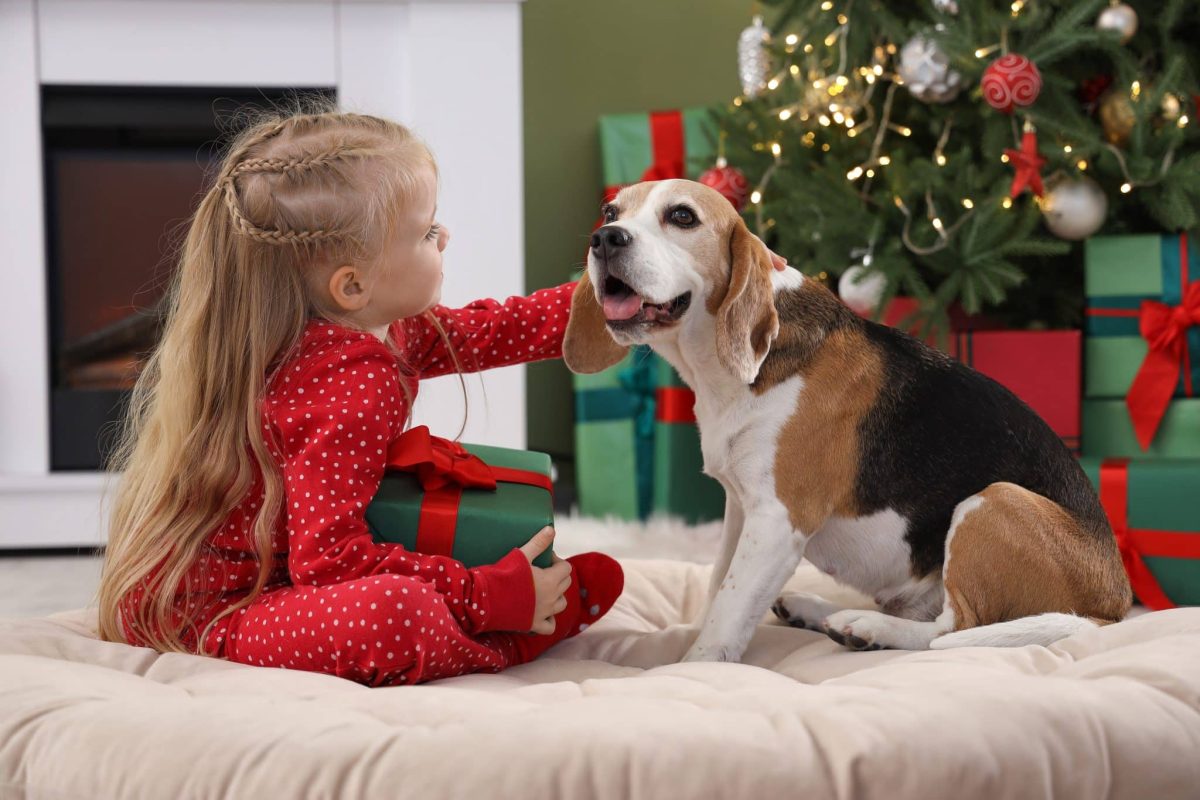
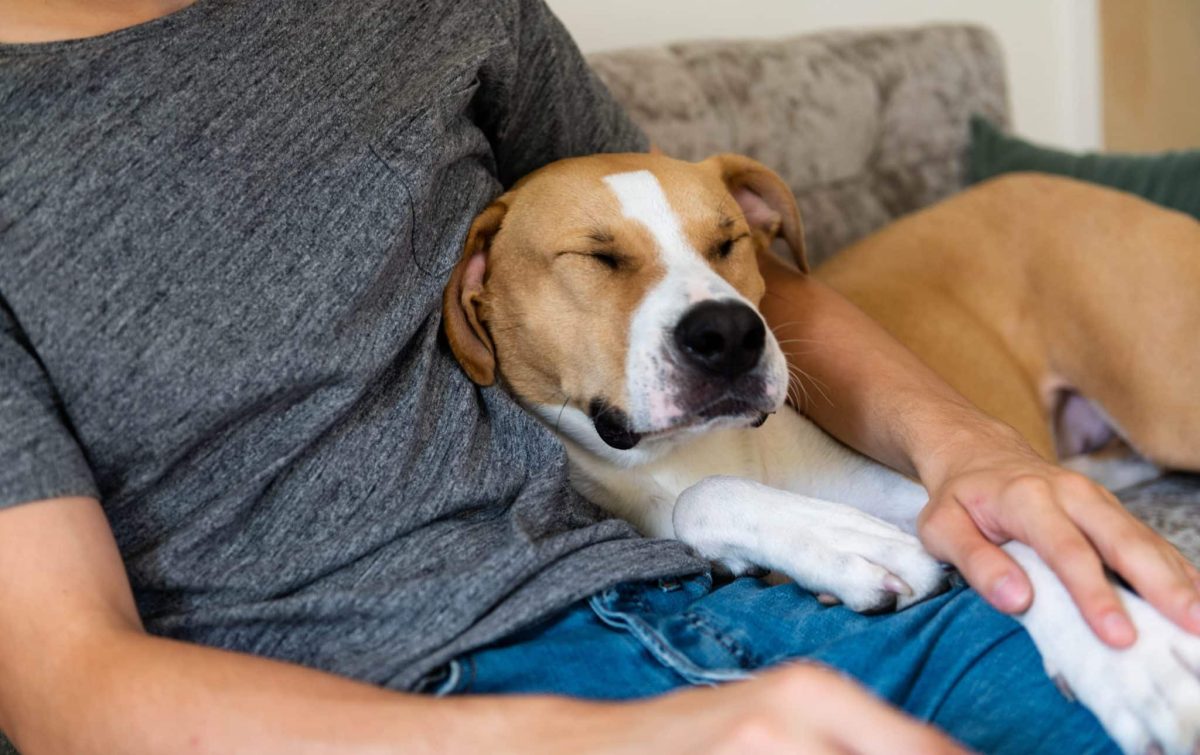


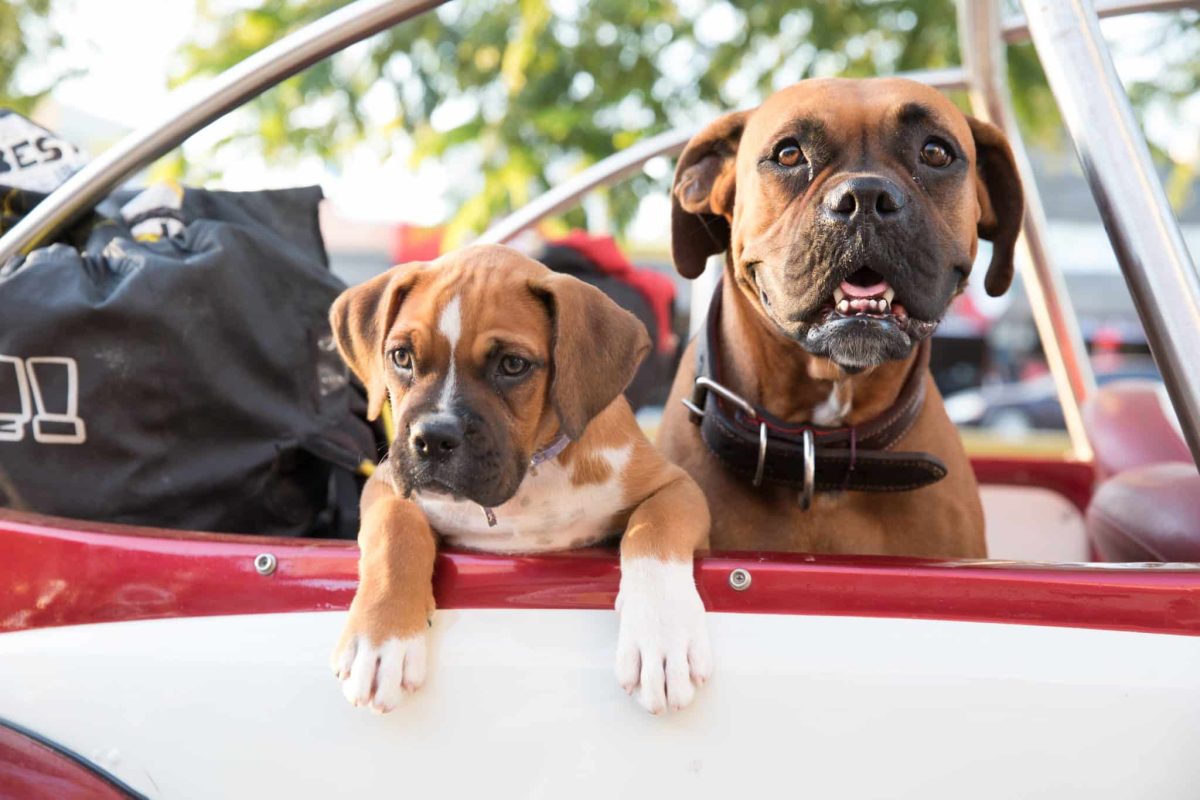
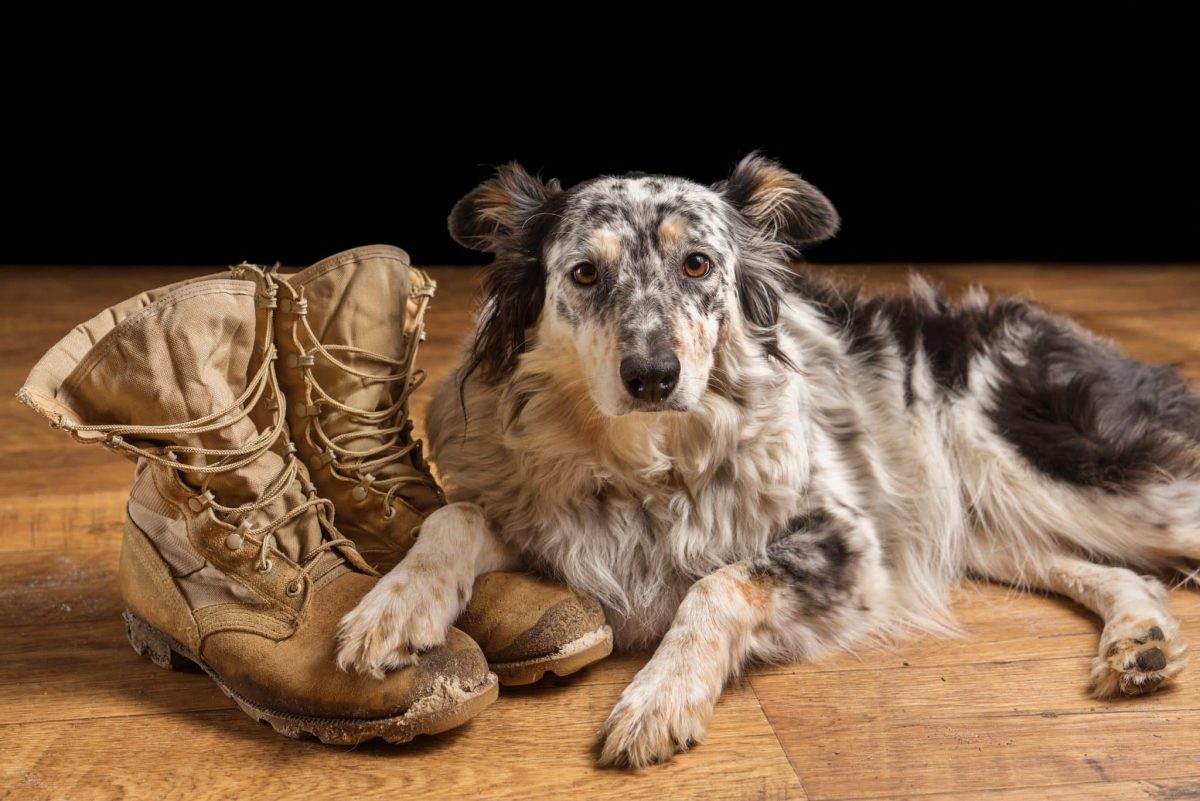
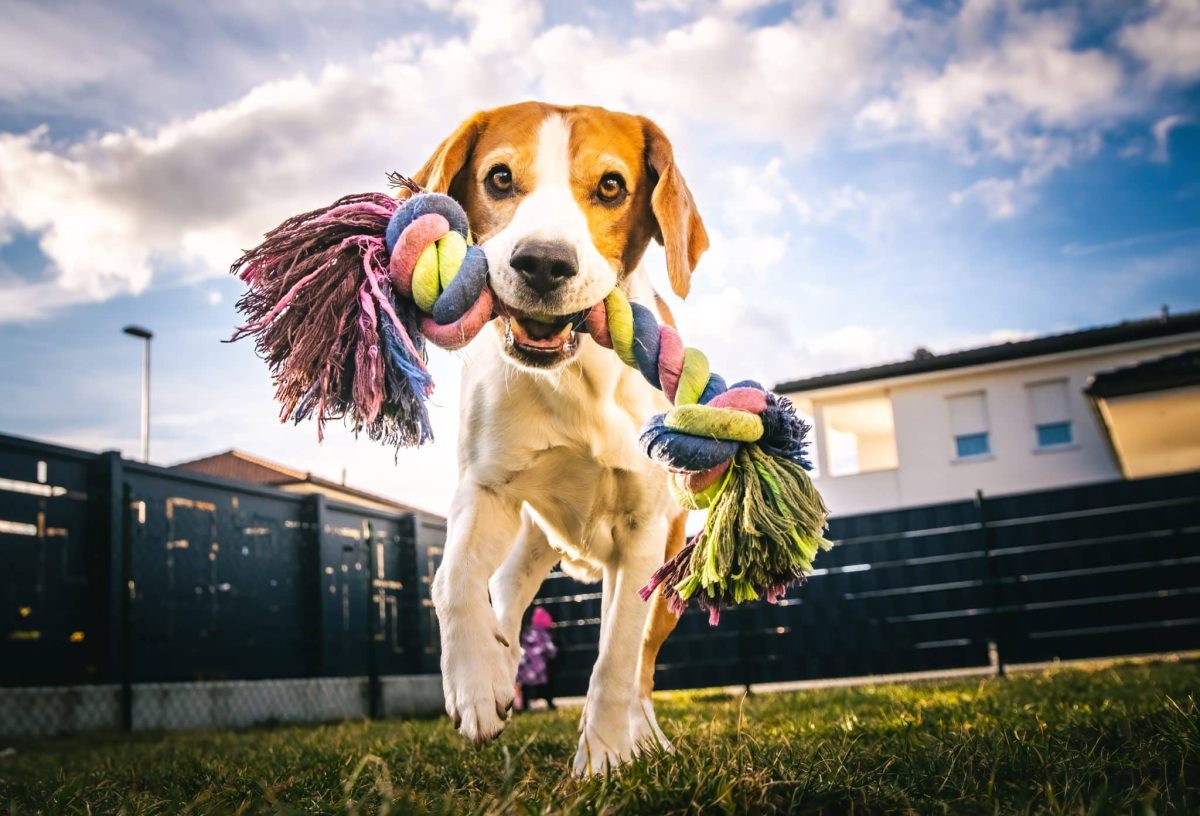

 English (US) ·
English (US) ·